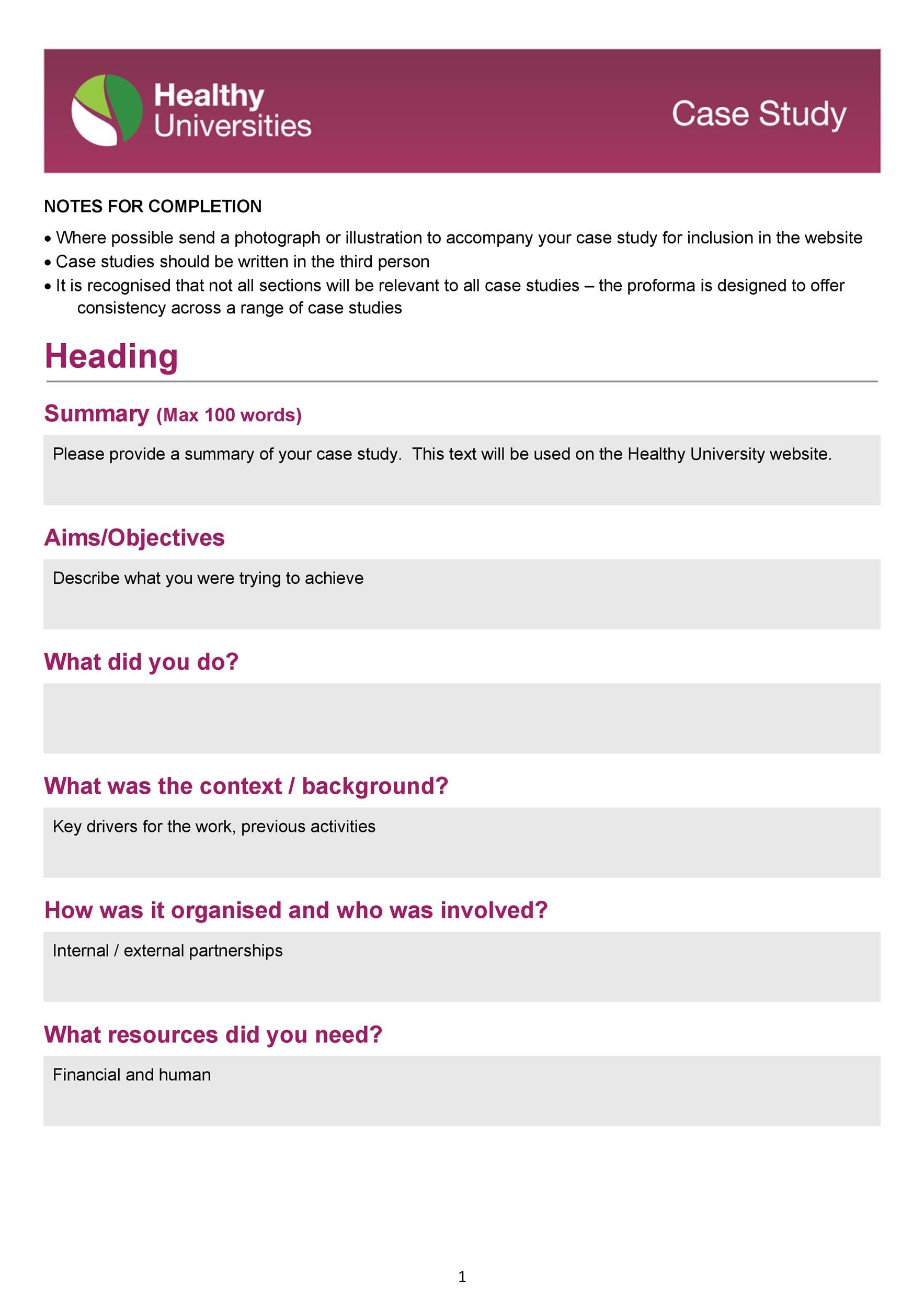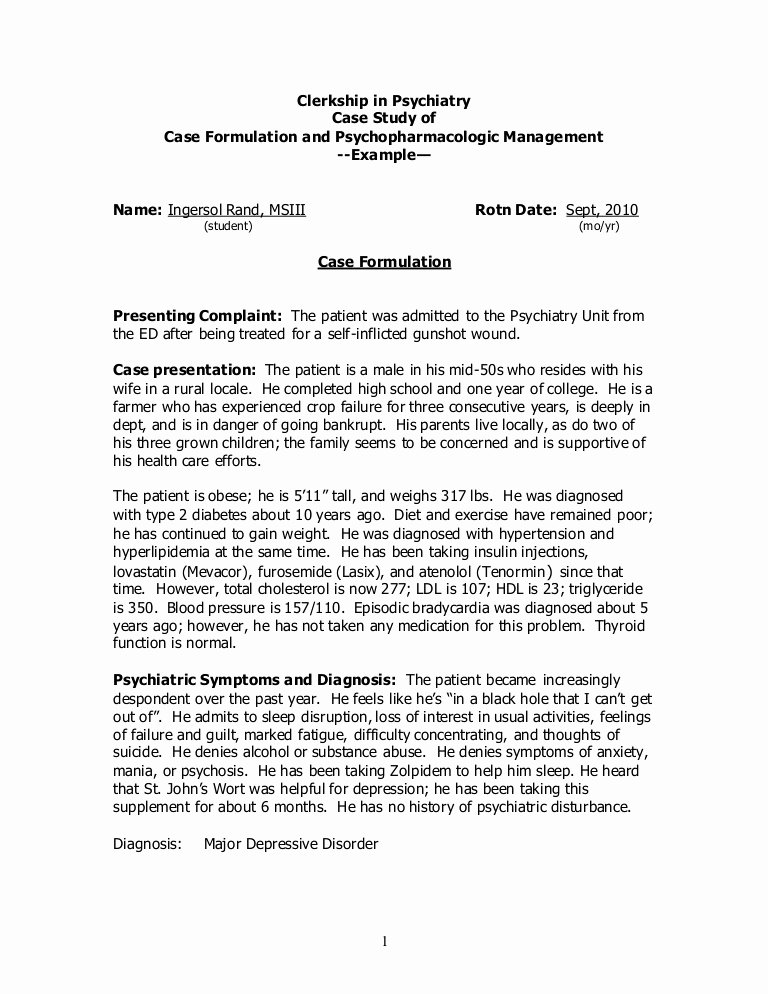


They’re also most apt to judge teachers by their success in doing that and least apt to have much to spare-energy, time, incentive, or money-for students already above the proficiency bar. Such schools understandably invest their resources in boosting lower achievers. Many also attend schools awash in low achievement, places where all the incentives and pressures on teachers and administrators are to equip weak pupils with basic skills in reading, writing, and arithmetic.

What’s more, many of them also face such challenges as disability, poverty, ill-educated parents, non-English-speaking homes, and tough neighborhoods. They have their own legitimate claim on our conscience, our sense of fairness, our policy priorities, and our education budgets. Each and every child deserves an education that meets their needs and enhances their futures, and advanced students are no different. Why? Because doing so benefits both the individual students and the country in general. Research on curriculum models can also be placed under the ability-grouping umbrella, and “ those studies suggest that pre-differentiated, prescriptive curricula lead to significant growth in advanced learning,” writes Plucker.īecause these interventions work, we ought to use them. Moreover, there seemed to be little downside for medium- and low-achieving students, and often upside. The aforementioned review of a century of research, for example, looked at thirteen meta-analyses of ability grouping, and three models boosted outcomes: within-class grouping, cross-grade subject grouping, and special grouping for the gifted. Numerous high-quality studies have also found that flexible ability grouping-arranging students by academic achievement in the same or separate classrooms-is a net positive for advanced students and isn’t detrimental to their peers. One study that looked at approximately 100 years of research on the intervention’s impact on K–12 academic achievement, for example, found three meta-analyses showing that “accelerated students significantly outperformed their nonaccelerated same-age peers,” and three others showing that “acceleration appeared to have a positive, moderate, and statistically significant impact on students’ academic achievement.” The Belin-Blank Center also offers an excellent and thorough summary of the evidence related to acceleration. It is “one of the most-studied intervention strategies in all of education, with overwhelming evidence of positive effects on student achievement,” writes Plucker. It comes in at least twenty forms, with the most common being whole grade skipping and receiving higher-level instruction in a single subject. Stanley Professor of Talent Development at Johns Hopkins University, explained in a Fordham Institute article a couple years ago, the two interventions with the most robust evidence behind them are acceleration and ability grouping-with enrichment, such as summer and residential programs, having generally positive results, too.Īcceleration is “an academic intervention that moves students through an educational program at a rate faster or at an age that is younger than typical,” reports the highly-respected Belin-Blank Center at the University of Iowa. It’s therefore important that more school leaders adopt these policies and implement them well.Īs Jonathan Plucker, Julian C. And two, in better developing the talent of these advanced students, it supports America’s economic, scientific, and technological prowess in an increasingly competitive global market. One, it helps maximize the potential of participating students, which is something every child deserves. Because of that, high-quality gifted education-or what would be better labeled “advanced education”-has two primary benefits. We have ample evidence that a number of education programs targeted at advanced students significantly improve their learning outcomes. You can subscribe on the Fordham Institute website and the newsletter’s Substack. Its purpose is to monitor the progress of gifted education in America, including legal and legislative developments, policy and leadership changes, emerging research, grassroots efforts, and more. Fordham Institute written by Brandon Wright, our Editorial Director, and published every other week. Editor’s note: This is an edition of “Advance,” a newsletter from the Thomas B.


 0 kommentar(er)
0 kommentar(er)
